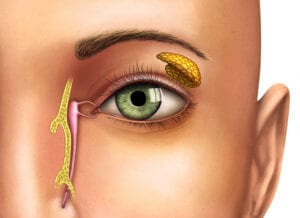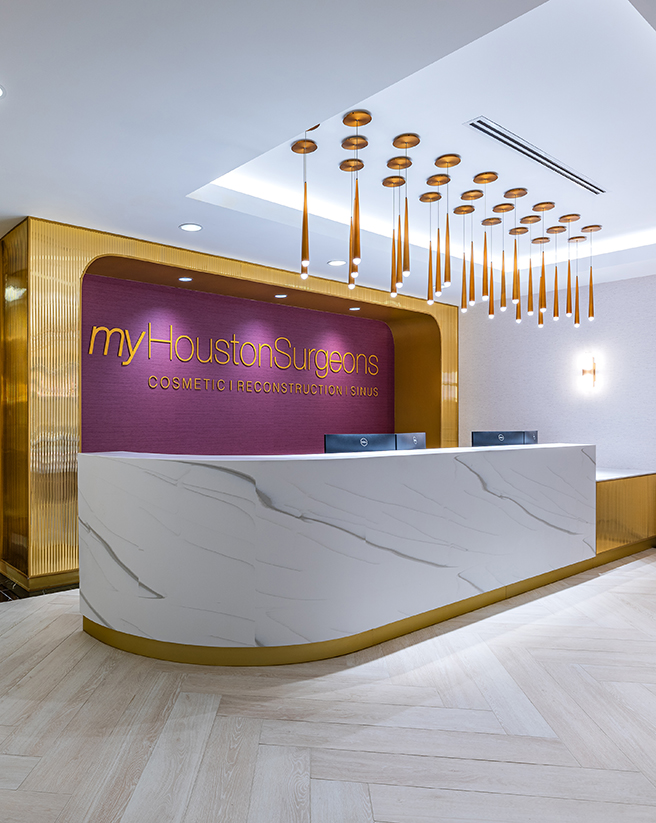
Chronic eye tearing, also known as epiphora, is a condition where tears don’t drain properly, leading to an overflow and involuntary discharge of tears. While epiphora can be caused by a wide variety of issues, epiphora caused by obstruction of the tear ducts can either be primary, meaning with unknown causes, or can be acquired from infection, inflammation, or trauma from facial fractures or facial surgery.





